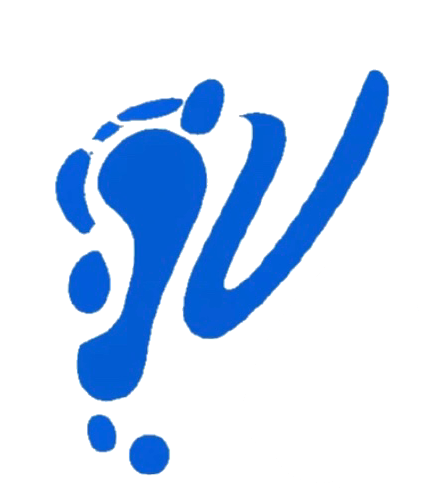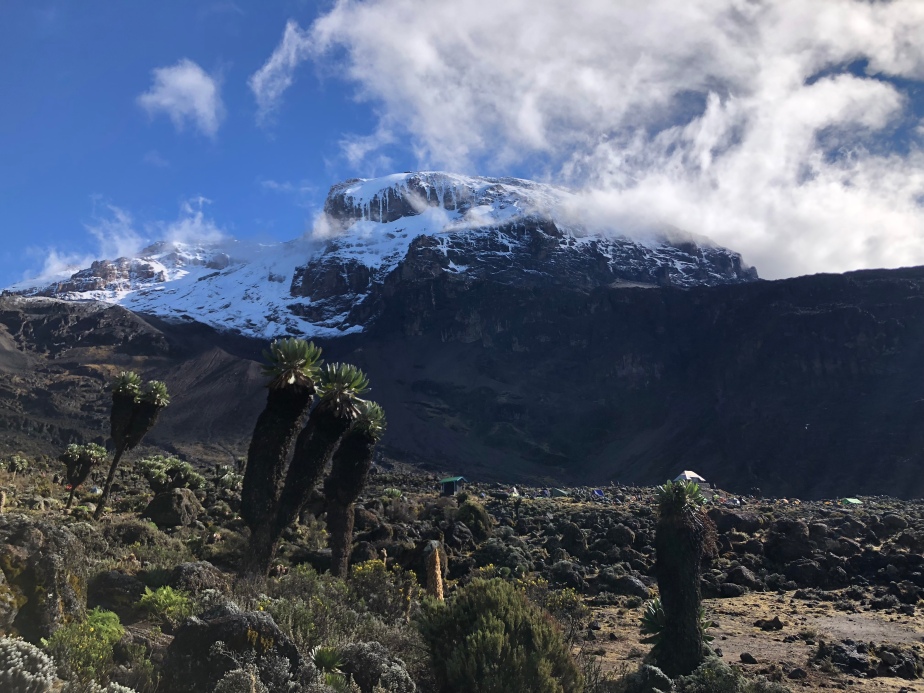The Kilimanjaro is the highest mountain in Africa, and known as one of the Seven Summit.
Even if there is no technical issues to face and it could be described as a hike, the high altitude could cause problem and in some case could be fatal.
Every year, approximately 1,000 people are evacuated from the mountain, and approximately 10 deaths are reported. The actual number of deaths is believed to be two to three times higher. The main cause of death is altitude sickness, hypothermia and falling. Everyone climbing Mount Kilimanjaro should be familiar with the symptoms of altitude sickness.
Please be aware that I am not a doctor neither a specialist of the mountain; these are only tips that I could give to friends that would like to climb it.
Weather
I was not so lucky with the weather. It rained all the time, with wind and the visibility was at most 1 meter!
You need to keep in mind that even the perfect Gore-Tex will even not be waterproof in this case… So you would be wet… And at 4000m, it would be really cold!
The porters
They are really great, smart and always ready to help! They are doing a really incredible job, carrying all the stuff up to the mountain. Some of them could also experience AMS.
Please be aware that the tip is a good part of their income, so please consider it as a part of your expenses when you are planning it.
They are hiking the mountain with gear that would become wet even after a little rain, they are ready to use their T-shirt to remove the rain inside your tend, they are trying to help you in whatever situation, always smiling.
They are the best experience of the trip! If you would/could give more, please do it. Never less! And if you could give us some of your used gear, they would appreciate it.
Tipping on Kilimanjaro from the trekking group (not per climber):
· Guides: $20/day/guide
· Cook: $15/day
· Porter: $10/day/porter
My travel agency
I choose Kilisa travel, really one of the best travel agency I´ve ever met in my travel adventure.
Kilisa Tours and Safaris
Moshi, Tansania
https://kilisatours.com/
+255 717 397 816
Here you could find the reviews on TripAdvisor (https://www.tripadvisor.de/Attraction_Review-g317084-d11884543-Reviews-Kilisa_Tours_Safaris-Moshi_Kilimanjaro_Region.html)
Naik is the young manager; he is really always present. He replies to all of your question quickly, via email, Facebook or WhatsApp.
The service they offer is really top, the price affordable and the safety and professionality everywhere.
They are sustaining the KPAP (https://kiliporters.org/) to improve the working conditions of the porters. We were 2 people and we had 11 people with us; 2 guides, 1 cook, 1 waiter/cook assistant, 7 porters.
The gears provided was ok, and also the sleeping bag were good (the green north face was warmer as the other)
INCLUDED IN THE PRICE PACKAGE
2 Night Hotel accommodation in Moshi, a day before trek and a day after trek
Transportation to and from your selected route
Transfer from Airport to Moshi on arrival and return to airport after climb.
Accommodation in tent
Certified, experienced, English speaking mountain guides
All Tanzanian National Park Fees
Government Climbing Taxes
Climbing permits
All hot Meals prepared by our cook while on Mountain
Guides, Porters and Cook Salaries
Fair and ethical treatment of Porters
Enough porters to carry your luggage
Safety Equipment
- Emergency Oxygen
- Pulse Oxymeter










